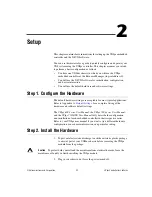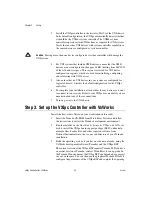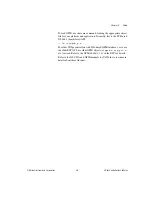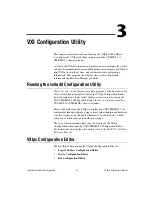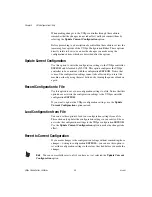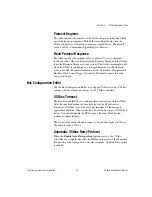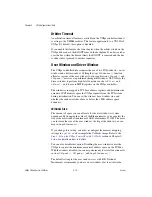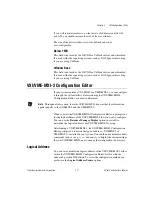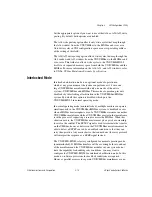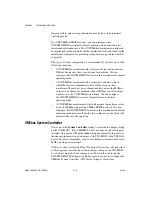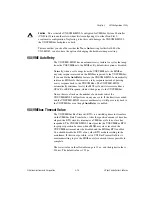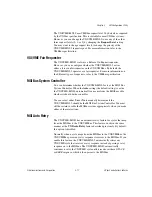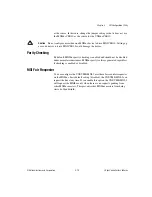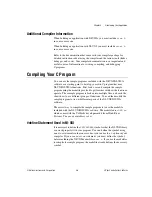
Chapter 3
VXI Configuration Utility
©
National Instruments Corporation
3-9
The available options you can choose from are 16, 64, and 256 transfers.
If you do not want the VXIpc to hold the VXIbus long enough to perform
256 transfers (the default value), you can select a smaller value for this
field.
Arbiter Type
You can use the
Arbiter Type
feature to configure the VXIpc controller as
either a Priority or Round Robin VMEbus arbiter. This option is applicable
only if the VXIpc you are configuring is a VXI Slot 0 device. The default
value is
Priority
.
When configured for Priority arbitration, the VXIpc grants the bus to the
highest pending bus request level. If you select
Round Robin
arbitration
mode, the VXIpc grants the bus to the next highest bus request level after
the level of the previous bus owner. This effectively gives the same priority
to each bus request level. Refer to the VMEbus specification for more
information on the different types of arbiters.
Request Level
The VXIpc controller uses one of the four VXIbus request levels (0 to 3) to
request use of the VXI Data Transfer Bus (DTB). The VXIpc requests use
of the DTB whenever a local cycle maps into a VXIbus cycle.
The VXIpc uses VXIbus request level 3 by default, as required by the
VXIbus specification. This setting is suitable for most VXIbus systems.
However, you can change the VXIpc to use any of the other three request
levels (0, 1, or 2) by changing the setting of the Request Level field.
You may want to change request levels to change the priority of the VXIpc
controller’s request signal. For more information, refer to the VMEbus
specification.
VXI Fair Requester
The VXIpc controller is always a Release On Request requester. However,
you can configure whether the VXIpc acts as either a fair or unfair requester
on the VXIbus. By default the VXIpc controller operates as an unfair
requester. For more information on the different types of requesters, refer
to the VMEbus specification.


